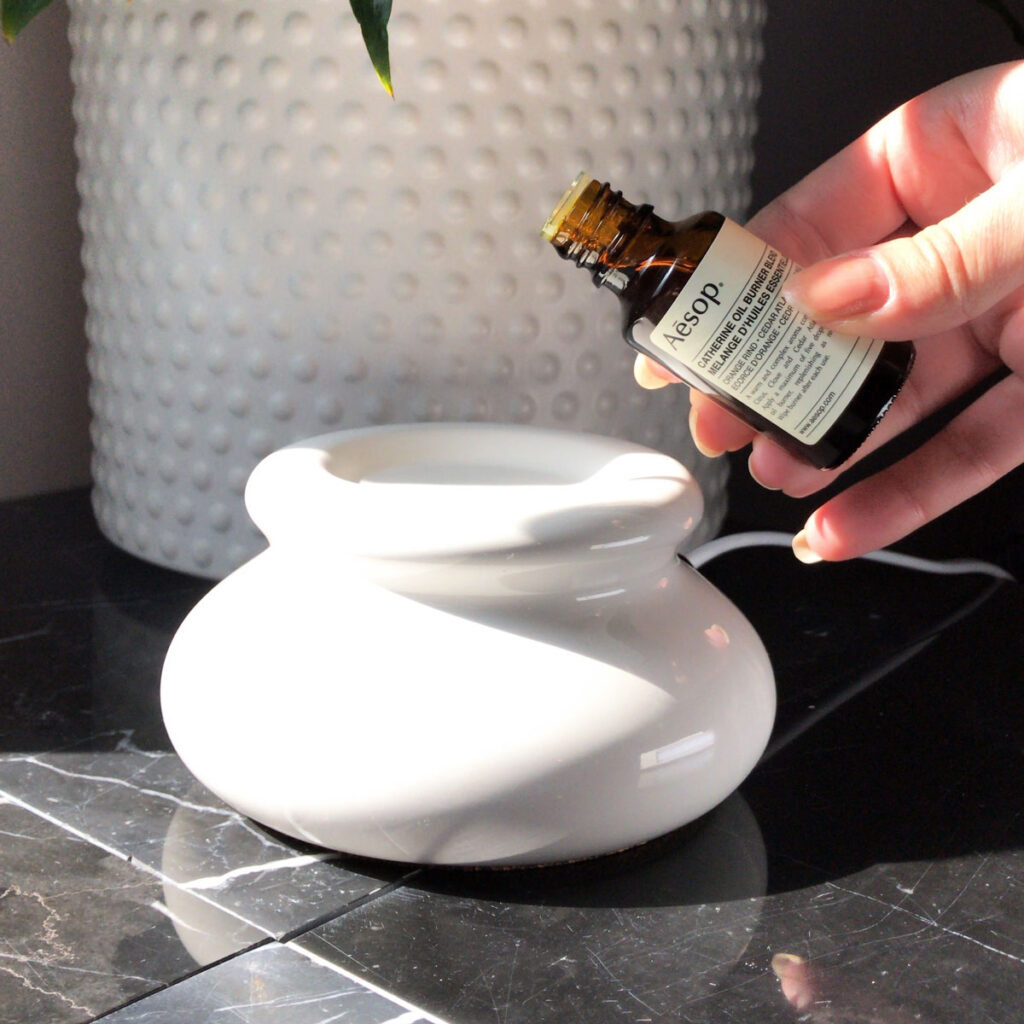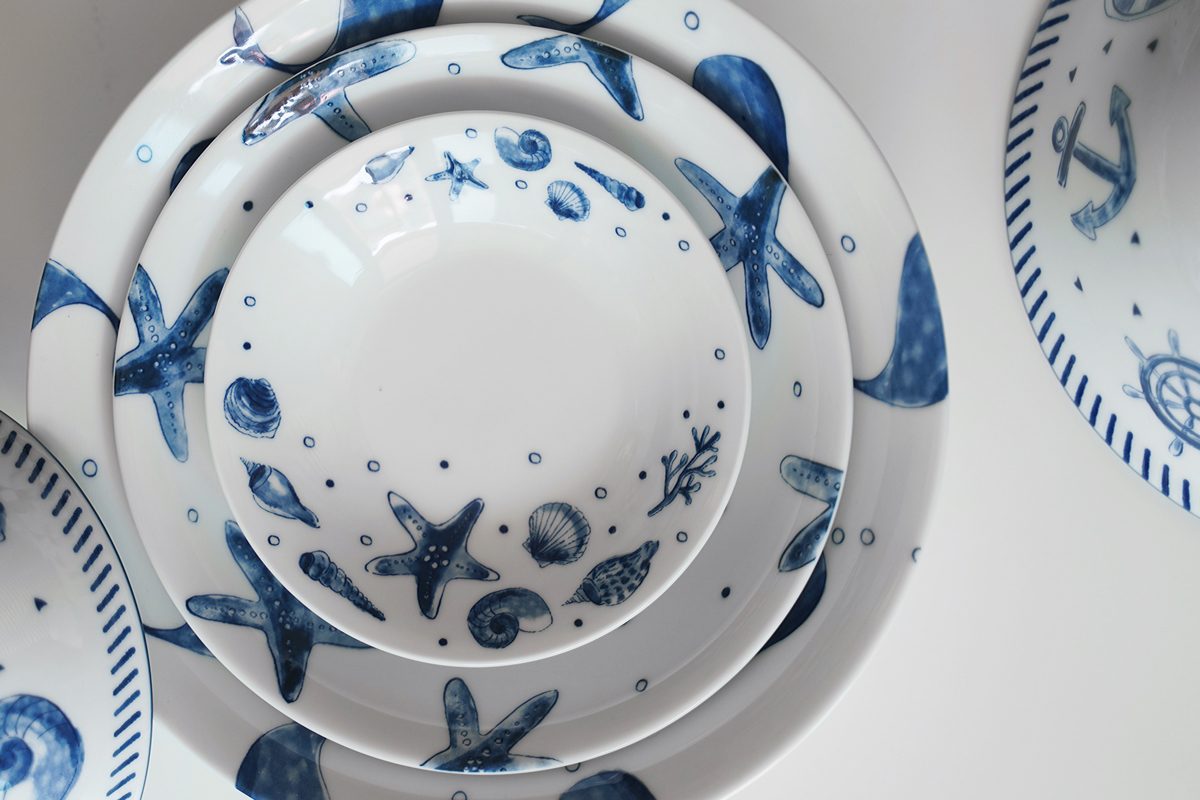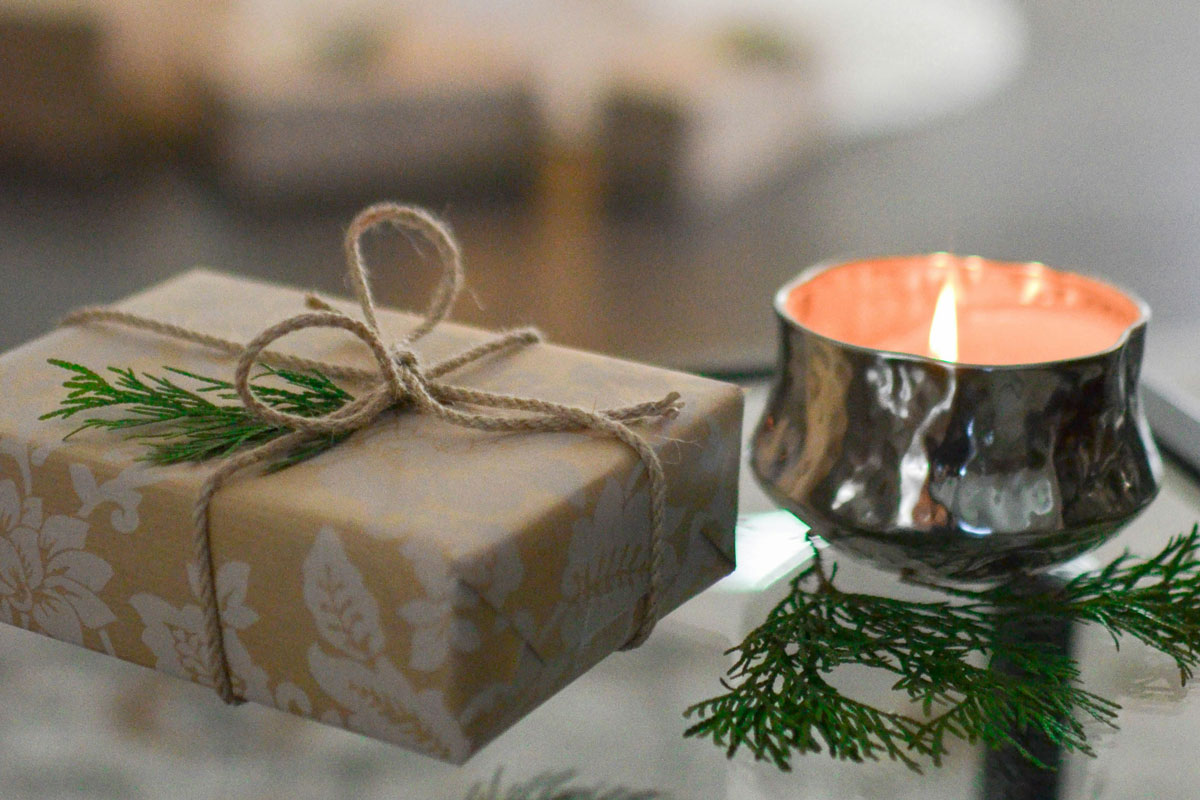Diffusing an essential oil in a room at home brings tranquility and various benefits related to the properties of essential oils. For example, to cleanse a room of microbes and viruses, to facilitate sleep, to relax… Diffusing essential oils is a pleasant and quick reflex to take daily to feel better in a healthy space.
However, there are kinds of different diffuser types even the same material. For example, the ceramic essential oil diffuser is including reed diffusers, water diffusers, and candle diffusers.
In this article, we will answer with our aromatherapist. How to choose the oils you prefer? Which diffusers are available? How to clean the diffuser? What are the contraindications known for essential oils and diffusers?
What are the essential oils to diffuse? For what benefits?
Purifying air essential oils: rosewood, geranium, lemon, mandarin, grapefruit, sweet orange, lemongrass.
Anthelmint essential oils: lemon eucalyptus, super lavender, rose geranium, Ceylon lemongrass.
Well-being and relaxation essential oils: noble chamomile, geranium, true lavender, mandarin, sweet orange and all the citrus zests, rose, exotic verbena, ylang-ylang, patchouli.

What kind of essential oil diffuser is available?
The diffusion of essential oil at home allows you to combine the pleasure of scents with the beneficial properties of essential oil. There are many models of diffusers and different modes of diffusion available in stores and on the Internet, to choose from according to your budget and the desired use.
The size of the room in which the diffuser will be installed often determines the model to be acquired. However, the perfume burner diffuser is to be avoided. “HE molecules will be transformed under the effect of heat and become harmful.” the aromatherapist indicates.
Reed Diffusers
Material: glass, stoneware, porcelain
With this type of diffuser, a wooden stick or reed is placed in a bottle of perfume oil or essential oil. The oil will move up into the reed from the bottom and then the fragrance is released into the air as it reaches the top. In other words, the reed diffuser will last as long as the oil is in the bottle. This oil diffuser does not produce the fog normally associated with diffusers and does not require the use of heat, electricity, or water.
This is and is the least maintained option of all diffuser types, but is essentially always on. And in terms of maintenance, you will want to use a different reed when changing perfumes or bottles. If you use the same bottle for a different oil, you will also need to clean the bottle with mild detergent and warm water.
Although these reed diffusers can be used in any type of room, they are still best suited for rooms with small spaces. On the one hand, there are no odor displacers. On the other hand, there is no fan used to diffuse the scent. That’s why the scent of this diffuser can only last longer in small rooms.
Nebulizer Diffusers
Material: PP
This Nebulizer Diffuser is a good choice if you want to get more of the natural benefits that essential oils provide. It works by breaking down the oil into individual molecules that can be more easily and quickly dispersed throughout the room and absorbed. The pump in the machine also determines how quickly the molecules are broken down and the area covered by the diffused odor.
However, cleaning this diffuser atomizer device can be more complicated and time-consuming. Smaller debris means you need to be more careful when cleaning. Still, you should and must clean this debris regularly, as essential oils can build up and even clog the pump and bottle, inhibiting the diffuser’s effectiveness and ability to work.
Water Diffusers
Material: PP, ceramic
This is the type most people are familiar with and is one of the most affordable versions. These diffusers contain a basin inside that you fill with a selection of water and oil. The ultrasound then spreads the water and oil into the room with a wide diffusion range. Therefore, depending on the size of the unit, it may be ideal for larger rooms. This water diffuser will produce a mist that can also be used as a humidifier.
Ideally, the basin needs to be cleaned at every oil change. For example, if you use mostly lavender and want to use lemon, you should clean the inside.
Fan-Style Diffusers
Material: PP
Fan-style diffusers are another option that does not use water. Instead, the oils are placed inside the fan diffuser unit, either on an absorbent pad or on a tray of some sort. A fan then gently blows over the oil, spreading the odor throughout the room. Usually, they are available in a variety of sizes, so they can be used in small rooms or throughout the house.
As for cleaning such diffusers, if you are using reusable pads, you x clean them before reusing them. You can wipe the trays with a little detergent, warm water, and a cloth.
Electric Heat Diffusers
Material: PP, ceramic
The device looks like a teacup saucer with a slight indentation in the middle, which is where the essential oils are placed. This device is heated by electricity, which heats the essential oil and emits the scent. The size of the device and the room will determine how far the odor will spread. As long as the oil does not evaporate completely, the odor will persist. If the odor dissipates, more oil will need to be added to the tub.
As a bonus, this type of oil diffuser is easy to clean. You can use a soft cloth, warm water, and mild soap to wipe down the basin and remove any residue. You should do this whenever you see buildup and it is a good idea to do so when you are replacing the oil you are using.
Candle Diffusers
Material: ceramic, brass, porcelain
This is similar to an electric diffuser, with the difference that it uses a candle rather than electricity as the heat source. Usually, this diffuser can be made of ceramic or porcelain. The flame of the candle heats the essential oils and diffuses the scent in the room. They will come in a variety of designs and sizes, so you can find one that fits your decorating style and have it double as decoration.
Although this diffuser does not use batteries or electricity, you will need to make sure you replace the candles after they have burned completely and use unscented candles to avoid conflicting scents. The diffuser works as long as the candle is present and burning, using the candle as a heat source.
Whenever you replace the oil scent you use, you should clean the oil diffuser basin. This can be done by using warm water and a cloth to gently remove any residue or oil that may have been left in the pot.
Terracotta Diffusers
Material: ceramic, earthware
These diffusers can be lovely ceramic bottles or jars that are usually closed with a cork to keep the essential oil inside. With these, as the oil seeps into the clay or stone, the scent is dispersed and then slowly released into the room. However, since the method is natural and there is no way to disperse the scent evenly, the scent is strongest immediately after placing the oil in the pot and disappears over time.
A little more patience is needed when you want to clean this essential oil diffuser. First, you should use a toothbrush or other soft-bristled brush to scrub the inside with detergent. Then, you can scrub the inside again with a little vinegar. After rinsing under running water for a few minutes, the diffuser also needs to be soaked in fresh water overnight. As a final step, it may take a few days to dry completely before the essential oils can be added again.

Can we mix essential oils to diffuse them?
Do-it-yourself mixing is not recommended. Some essential oils can interact with each other. Ask a therapist for advice beforehand, or get ready-made mixtures. On the other hand, “it is possible to associate, without danger, a few drops of citrus essence (lemon, mandarin, orange, grapefruit) with your diffuser to counter the heady or unpleasant scent of essential oil. Essential oils don’t all have a pleasant smell, choose the ones you like. Because there’s no point in smelling a smell you don’t like” underlines the expert.
Precautions and contraindications
The atmospheric diffusion of essential oils must be reasonable, in quantity (a few drops are enough – often 2 or 3 -) as in duration (10 minutes per day or 2 to 3 times per day). “It is important to know for each essential oil: the right dosages, the indications, and toxicities specific to it. Essential oil is effective at a given dosage and for a given time” underlines the aromatherapist.
The distribution must be carried out without the presence of people with asthma, epilepsy, pregnant or breastfeeding women, young children, or pets. It is recommended to open the windows wide during the diffusion and to refrain from diffusing in the rooms of the most fragile people, even in their absence.
Certain ETs should not be broadcast. These are “EOs with phenols: clove, compact oregano, mountain savory, thymol thyme, and carvacrol thyme, cinnamon. Also: basil, carrot, coriander, cumin, cypress, helichrysum, wintergreen, juniper, and all those whose you don’t like the smell”.






